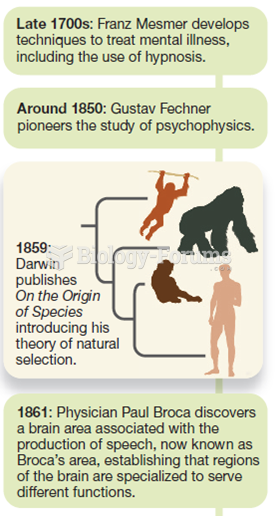Answer to Question 1
A
The U.S. Surgeon General's Family History Initiative website has a Family History Tool that individuals can use to create a detailed family history.
Because many nurses lack knowledge in the area of genetics and genomics, having the nurse interview the patient and construct the history would not be the best answer. The nurse may not have the knowledge to ask the most appropriate questions.
The patient may or may not need the services of a qualified counselor; at this point, the patient just wants to construct a family history.
Because many nurses lack knowledge in the area of genetics and genomics, having the nurse develop a list of questions to ask the patient's relatives would not be the best answer. The nurse may not have the knowledge to guide the patient's questions.
Answer to Question 2
C
This is the correct response because it is not likely that all the parties to this conversation are involved in direct care of the patient and need to know what is being shared. Even if all parties were involved in direct care of the patient, the cafeteria is not a private area and should never be used as a place to discuss patients or their care.
The nurses' station is not a private area, and conversations there are easily overheard. Confidential information should not be shared there even if the employees in the conversation all need to know the information.
The patient's family might or might not be in the cafeteria, but even if they are not there, the nurses should not be discussing patients with people who do not need to know the information.
The nurses should not be discussing patients in a public area at all, and they should not be sharing information with any other people who do not have a need to know in order to care for the patient.







